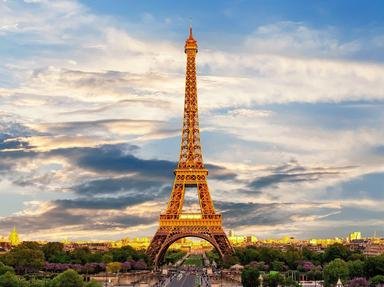Quiz Answer Key and Fun Facts
1. Which fashion designer was the first to come up with the "little black dress"?
2. What is the longest river situated totally in France?
3. Several French kings had the name Louis. Besides their number, many had also a nickname. What was the nickname of Louis VII?
4. Which soft creamy French cheese is made in Normandy with cow's milk?
5. Which sculptor included "The Thinker" in a portal named "The Gates of Hell"?
6. Which French director made "A bout de souffle" in 1960? The English translation of the title is "Breathless", also the title of an American remake in 1983.
7. Who was the first French author to win the Nobel Prize for Literature?
8. Which French singer was also known as "Monsieur 100,000 Volts" because of his energetic appearance on stage?
9. Who discovered and first isolated the chemical elements oxygen and hydrogen?
10. In which Olympic discipline did the French men's team win the bronze medal in 1968 and in 1984 (both times after one of the Swedish athletes was disqualified in one of the sections)?
Source: Author
JanIQ
This quiz was reviewed by FunTrivia editor
agony before going online.
Any errors found in FunTrivia content are routinely corrected through our feedback system.

